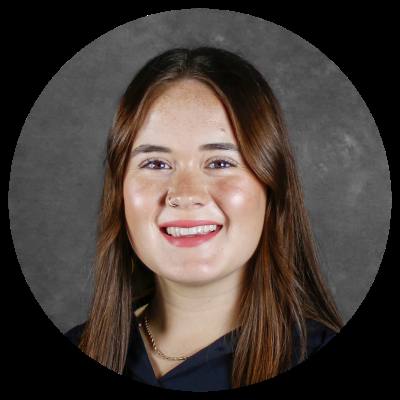The decelerated growth comes as older grade levels are being replaced by smaller incoming kindergarten classes, and more students are attending charter schools and other educational options, PASA President Stacey Tepera said at an Oct. 24 board of trustees meeting.
The big picture
Prior to the coronavirus pandemic, LISD experienced significant, steady and high enrollment growth that dipped in 2020 and 2021, Tepera said.
Enrollment began growing again in 2022 and 2023 but at a slower rate. Until this year, PASA was uncertain if the district’s slowed growth would be temporary or develop into a larger trend, she said.
“Now, I think it’s pretty clear that we can say there are many factors impacting this deceleration of growth in Leander ISD,” Tepera said.
With 42,537 students, LISD has around 500 less students than it was projected to have this fall. The district’s enrollment dropped by 56 students since the 2023-24 school year when its enrollment was 42,593.
The 2024 demographic report projects the district will have 44,474 students by 2034, which is around 4,800 students less than its projections last year for 2033.
Diving in deeper
In LISD, the population of school-aged children ages 5-17 has declined alongside the number of students per home and apartment. The preschool population of students ages 0-5 has declined even more significantly—a trend which has been observed across the state, Tepera said.
The district’s largest cohort of students at the high school level will be replaced by smaller incoming kindergarten classes over the next few years, Tepera said. This will result in a loss of around 300-350 students each year.
Regeneration happens when families with young students move into houses previously owned by older families whose students have graduated. Although regeneration is still occurring, it is not producing enough new students to offset the losses from smaller kindergarten classes, Tepera said.
While birth rates have increased in recent years, kindergarten class sizes have still declined due to more students pursuing alternative educational opportunities, including charter, private and virtual schools, she said.
The district has seen a 71% increase in students transferring to these options since 2017, according to the presentation. Six new charter schools have opened over the last five years, pulling students from the district.
Over the next five years, charter schools are projected to pull an additional 2,500 students residing in the district, some of which may never enter LISD. Harmony Public Schools is expected to open a new campus in 2025, and Basis Leander will open in 2026. Additionally, Valor Leander broke ground on a permanent campus off Kauffman Loop in late October.
Also of note
The district is projected to gain 17,246 new single-family homes and 13,410 new multifamily units over the next decade.
Travisso is expected to build around 1,000 new homes over the next three years, while Parkside on the River and Burleson Ranches & Roberts Tracts are each projected to build more than 500 new homes.
New housing construction is expected to bring 1,000-1,300 new students to reside in the district each year, Tepera said.
The impact
Enrollment is expected to continue growing in the north, stabilize in the central and decline in the southern portions of the district, Tepera said.
Tarvin Elementary, Danielson and Stiles middle schools, and Rouse and Glenn high schools are expected to see the most growth. Meanwhile, Camacho Elementary, Canyon Ridge Middle School and Vandegrift High School are expected to lose the most students.
This school year, district officials have discussed opening enrollment at central and southern schools that are being underutilized.





